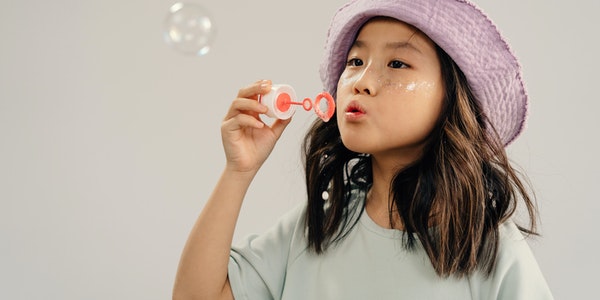Table of Contents
How to Correctly Press the Shutter When Shooting
The function of the shutter
The shutter is the device on the camera that controls the exposure time of the photosensitive film. The shutter opening time, in seconds. The slowest speeds are 1 second, 1/100 second, 1/500 second, 1/1000 second, etc. The more precise the camera, the more complete the shutter equipment, the more the shutter series, and the more it can adapt to the needs of various shooting situations. The various shutter speeds are generally engraved on the lens.
The camera shutter also has T and B slow-moving devices. The door opens when the camera button is pressed, and closes when the finger is lifted. The T door opens when the button is pressed, does not close when the finger is lifted, and only closes when the shutter is pressed a second time. T-gate can shoot slower film.
The shutter opens and closes, usually by pressing the shutter button directly with your finger. If you use a slower shutter speed or a longer exposure time, use a cable release to prevent camera shake. During photography, in order to obtain good shooting results, in addition to accurate distance measurement and exposure, it is also necessary to press the shutter correctly. To master the essentials of pressing the shutter, and gradually achieve the unity of mind and hand.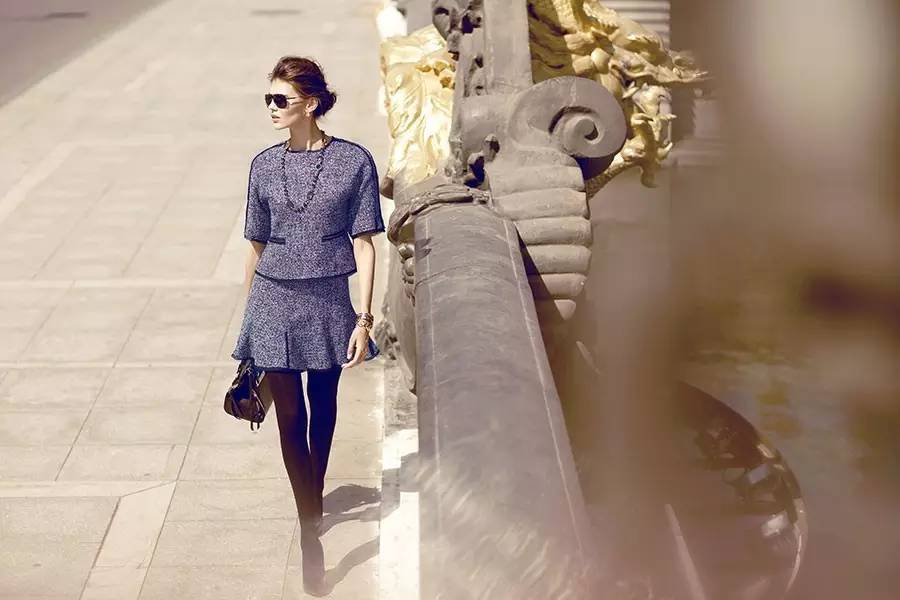
How to Use the Shutter Correctly
Press the camera shutter, stand with your feet balanced, and hold the camera firmly with both hands. Don’t shake your hands, put your fingers on the shutter in advance, and don’t press too hard. Do not tilt the camera to avoid blurring the image. While shooting with a speed of less than 1/30 second, stop breathing when pressing the shutter, and do not shake the camera.
When shooting at slow speeds, try to mount the camera on a tripod. While there is no tripod, try to choose a place with support, so that the body or arms have support points to facilitate stability.
When shooting with bulb B or bulb T, use a shutter release to control time and reduce camera shake. Usually, you should practice slow-speed photography or dynamic photography more to master the essentials of pressing the shutter and improve your reaction ability.
How to Avoid Abnormal Electronic Shutter
How the electronic shutter works
Camera shutters with automatic exposure function are mostly electronic shutters. This shutter works with the suction of an electromagnet, so the exposure time is precise. Some are in accordance with the traditional mechanical shutter division, the implementation of 1 second to 1/1000 second manual exposure. Others implement stepless (no division) automatic adjustment of exposure according to the intensity of the lighting at the shooting site.
Generally speaking, electronic shutters do not suffer from inaccurate shutter speeds caused by “spring fatigue”. However, this phenomenon often exists in actual use, which is mostly caused by the following reasons. As long as you pay a little attention, you can keep the electronic shutter working normally.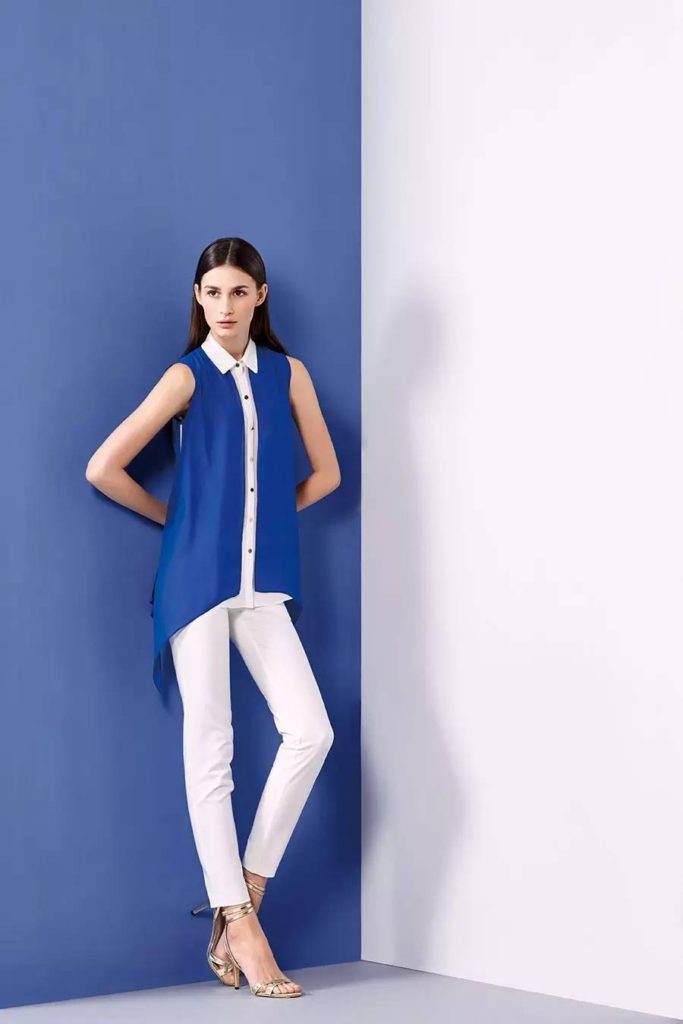
How to ensure the shutter works normally
- Cameras of “point-and-shoot” type with attached flash will consume a lot of power when the number of flashes is high. Continuing to reluctantly perform flash charging when the battery is low on power may result in the electronic shutter not working properly or even not working and not firing.
- When shooting night scenes, the slow exposure of bulb B is often used. Because the electromagnet sucks the rear curtain of the shutter for a long time to keep the shutter fully open, it consumes more power. When the battery voltage is not sufficient, the electromagnet loses its suction power, and the B door will suddenly close by itself in the middle of the exposure.
- When taking pictures in the cold zone, because the temperature is too low, the energy of the battery will be reduced or even no power will be supplied. To this end, the camera and battery should have a certain temperature (the photographer can cover the camera in his coat and take it out only when shooting), so as to keep the electronic shutter with the proper power supply and work normally.
- If there is a strong magnetic field or a strong electric field at the shooting site, it will often interfere with the electromagnet of the electronic shutter, resulting in abnormal operation of the electronic shutter.
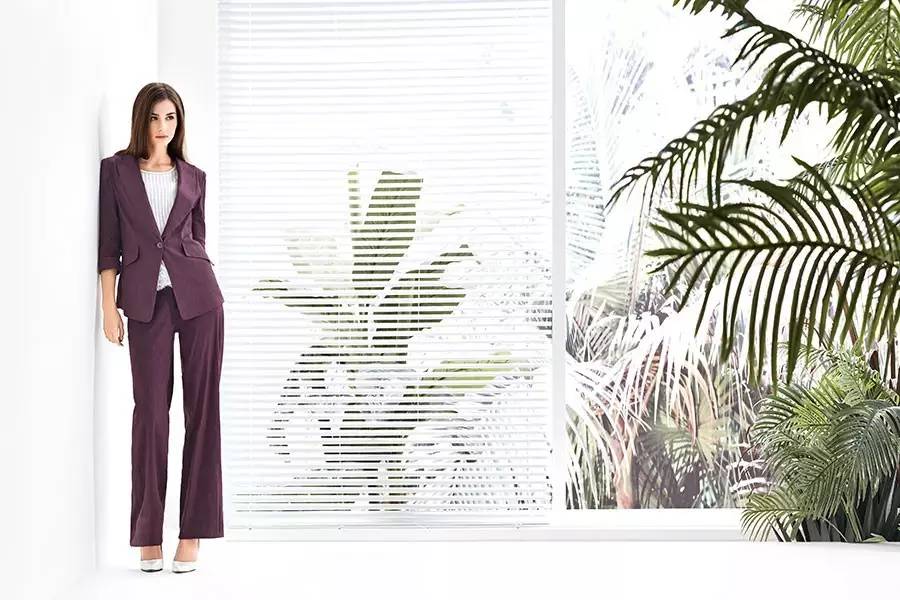
How to Use the Stand-alone Light Meter
There are two types of stand-alone light meters according to the metering method. One of them is to measure the reflected light of the subject, called a reflected light type photometer. Today’s stand-alone photometers are generally general-purpose.
Usage and Features of Reflected Light Meter:
Reflected light meter is used to measure the reflected brightness of the subject. Point the light meter at the subject when measuring the light. When using it, pay attention to the following points.
- Next to the camera, point the light meter at the subject to measure the light.
- The light-receiving angle is close to the viewing angle of the standard lens of the camera, which is about 30°~50°. In the case of a dual-purpose photometer, the diffuse reflector should be removed.
- The reflected light meter is suitable for situations where the distribution and range of bright tones and dark tones are roughly equal, and it indicates the average exposure.
- If the contrast between the light and dark of the scene is prominent, you can measure different parts of the subject closely, and select the average exposure.
- If the subject background is too bright, the light metering juice should be looked down slightly for measurement.
Usage and features of incident light type photometer:
Incident light type photometer is a kind of light meter used to measure the illuminance of the subject. It is not to measure the light at the subject, but to place it in the position of the subject and measure the light in the direction of the camera.
When using it, pay attention to the following points.
- The light-receiving angle of the illuminance meter is generally 180°, and when in use, it is directed towards the camera and directed towards the subject.
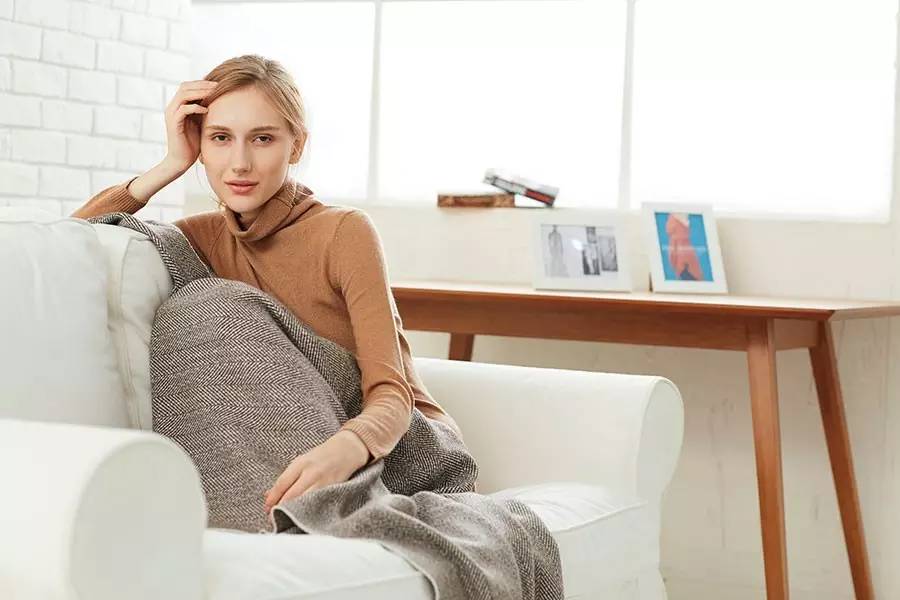
- A hemispherical diffuser should be added to the photometric element before use.
- It is not necessary to approach the subject to measure the light, but make sure that the light meter is in the same lighting range as the subject.
- To determine the exposure of distant subjects, an incident light meter is better.
- For objects with a bright background, it is more accurate to use an incident light meter.
- Do not let shadows and your own shadow block the light meter.
How to Determine Exposure Without a Light Meter
If I use a camera that doesn’t have a meter (though there aren’t many of them anymore), and I don’t have a separate meter, how do I determine the exposure? This requires artificially determining the exposure combination through visual inspection and combined with actual shooting experience.
There are many factors that affect the exposure of film. If there is no light meter, the exposure should be determined according to the following main factors.
1. The brightness of the photographed object:
The brighter the scene, the brighter the reflection will be, requiring less exposure. The darker the scene, the lower the brightness of the reflections, and more exposure is required.
2. The intensity of the lighting light:
Natural light
The brighter the lighting is, the brighter the subject will reflect, and the less exposure you will need. The weaker the lighting, the less bright the subject will reflect, and the more exposure it will take.
The intensity of sunlight is constantly changing at different times of the day. Among them, the sunlight at noon is the strongest, and the light in the evening and early morning is weaker. The brightness between them is many times different.
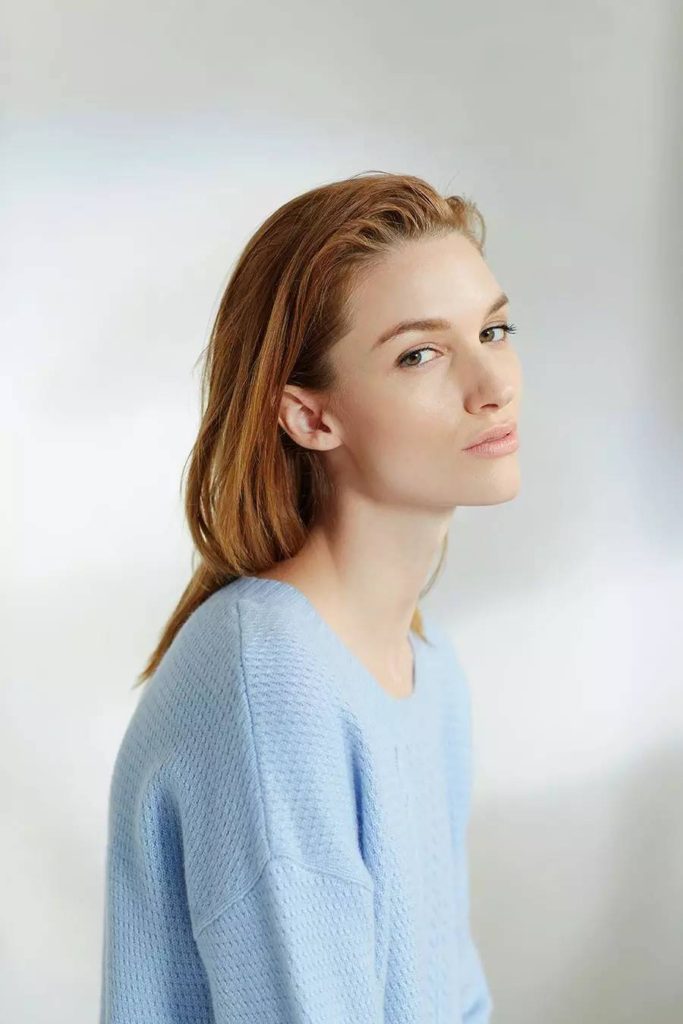
For example, the exposure combination for shooting a scene at noon is f/16, 1/250 sec (using ISO100 film). In the same weather conditions, such as at 10 am or 3 pm, the exposure combination is approximately f/15, 1/250 sec. If the time is earlier than 10 am or later than 3 pm, change the exposure to f/11, 1/125 of a second, or increase the exposure.
The influence of the weather on the exposure is roughly as follows:
In sunny weather, the scene is the brightest. If the exposure is f/11, 1/125 seconds, then, in sunny, cloudy, cloudy, cloudy and other weather conditions, the exposure should be increased by one stop. . The intensity of the sun’s rays varies depending on the season. The light is the strongest in summer, and the exposure is increased by one stop in spring and autumn, and one stop in winter than in spring and autumn.
Artificial Light
The situation with artificial light is more complicated. The most commonly used artificial light source is the 10,000-shot flash. When shooting with a flash, the aperture size is determined based on the flash guide number and the distance of the subject from the flash.
3. The sensitivity of the film:
The higher the sensitivity of the film, the less exposure is required, and the lower the sensitivity, the more exposure is required.
The sensitivity of film is currently expressed in ISO system, such as ISO100, ISO400, etc. The difference in film sensitivity is doubled, and the exposure is doubled (i.e., open the aperture one stop up or down, or increase and reduce the shutter speed one stop). For example, the exposure combination when using ISO100 film is f/11, 1/125 sec. If you change ISO200 or ISO400 film, the exposure is reduced to f/16, 1/125 sec (or f/11, 1/125 sec), f/22, 1/125 sec, respectively.

4. Filters
When shooting with a filter, such as adding a filter in front of the photographic lens, the filter will inevitably absorb part of the light passing through the lens. So increase your exposure accordingly. Increases exposure by a factor determined by the exposure factor of each filter. For example, taking a black-and-white photo with a medium-yellow filter Y2 requires doubling the exposure.
How to Correct the Exposure of the AE Camera
The so-called AE camera, is the use of automatic exposure control camera. Take pictures this way. Correct exposure is not difficult, but some people feel that sometimes the results of shooting with AE are not ideal, and the exposure is not right.
Exposure characteristics of AE camera
Problems like this main rise up by not understanding the exposure characteristics of AE cameras. Because the metering system of the AE camera belongs to the reflection type, and the reflection type is based on the reflectivity of 16-18% as the exposure benchmark.
For general subjects, the average reflectance generally does not fall within the above range. Exposure results are fine. However, exposure problems can arise with subjects with high or low reflectivity. That is, subjects with high reflectivity (like white) will be underexposed (gray). While subjects with low reflectivity (like black) will be photographed overexposed (gray).
This is not a problem with the camera and operation. Instead, the camera’s self-exposure system faithfully executes exposure at a reflectance of 16-18% according to the results measured by the metering system.
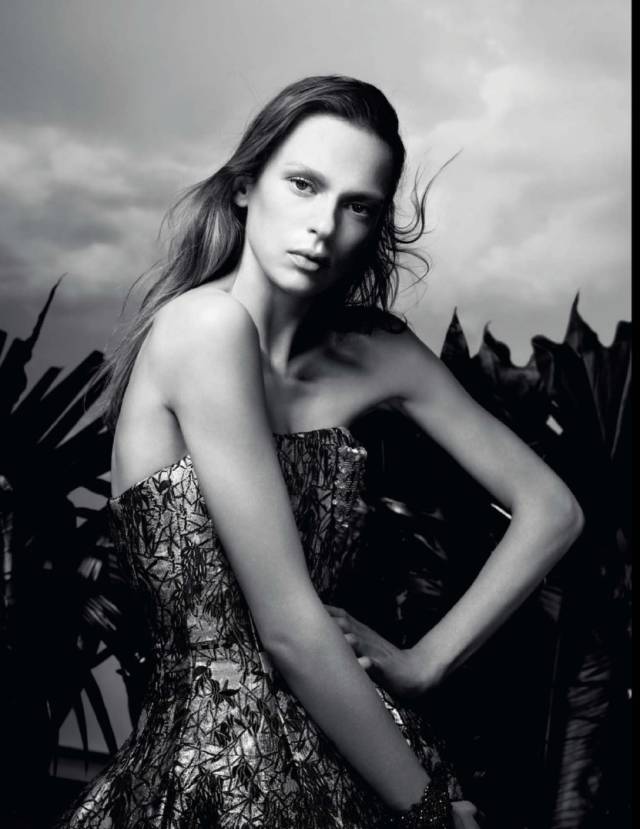
Exposure Correction Measures
From this, we can draw a conclusion that when the reflectivity is high or low, corresponding corrective measures need to be taken. Overexposed white objects to reflect the original white, and underexposed black objects to reflect the original black. This is the exposure correction measure, also as we all know as “exposure correction”.
So, how to do “exposure correction”? It depends on what camera you use when shooting. The operating system design of various cameras is not the same, and the correction methods are not the same.
First, look at exposure correction for pocket cameras. If the film sensitivity of this camera is not set automatically, you should lower the sensitivity if you want it to be overexposed. Such as ISO100 film adjusted to ISO50 or lower. If you want to underexpose, turn to a high sensitivity file.
Many of these cameras currently on the market are equipped with “DX”, which is an automatic sensitivity setting function. This can’t correct exposure by setting the sensitivity, but these cameras have a “backlight correction” button or “AE lock”.
Exposure correction for DSLR cameras
SLR cameras have more exposure correction methods than pocket cameras, and can do subtle and subtle adjustments.
As with pocket cameras, changing the ISO setting is the most basic correction. Most SLR cameras have exposure compensation and AE memory functions, which can add or subtract 1/3 stops of exposure, and the degree of addition and subtraction can reach up to three exposure levels. Less can reach two levels, that is, 2EV to 3EV.
The fastest action is the “AE memory” button. It depends on what part of the exposure will be benchmarked. For example, when shooting a backlit image, if you mainly shoot the face of the person, then approach the subject, press the “AE memory” button with the lens facing the face. Then return to the best position for the composition, and then press the shutter to take a picture.
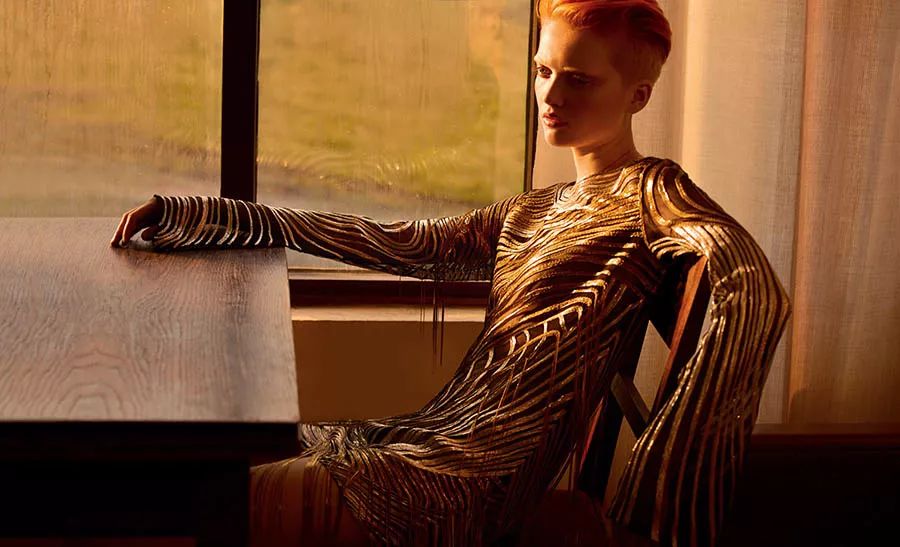
It doesn’t matter how much exposure you need to compensate for. To change the sensitivity and correct the exposure through the exposure compensation button, you need to measure the exposure required for correction first. And then set the sensitivity line compensation dial scale.
Of course, cameras with multi-zone integrated metering capabilities such as Nikon FA and Olympus OM4 can automatically perform compensation and correction during metering, so the exposure will be very accurate, although it does not “AE Memory” button or “Exposure Compensation Dial”.
(To Be Continued)
